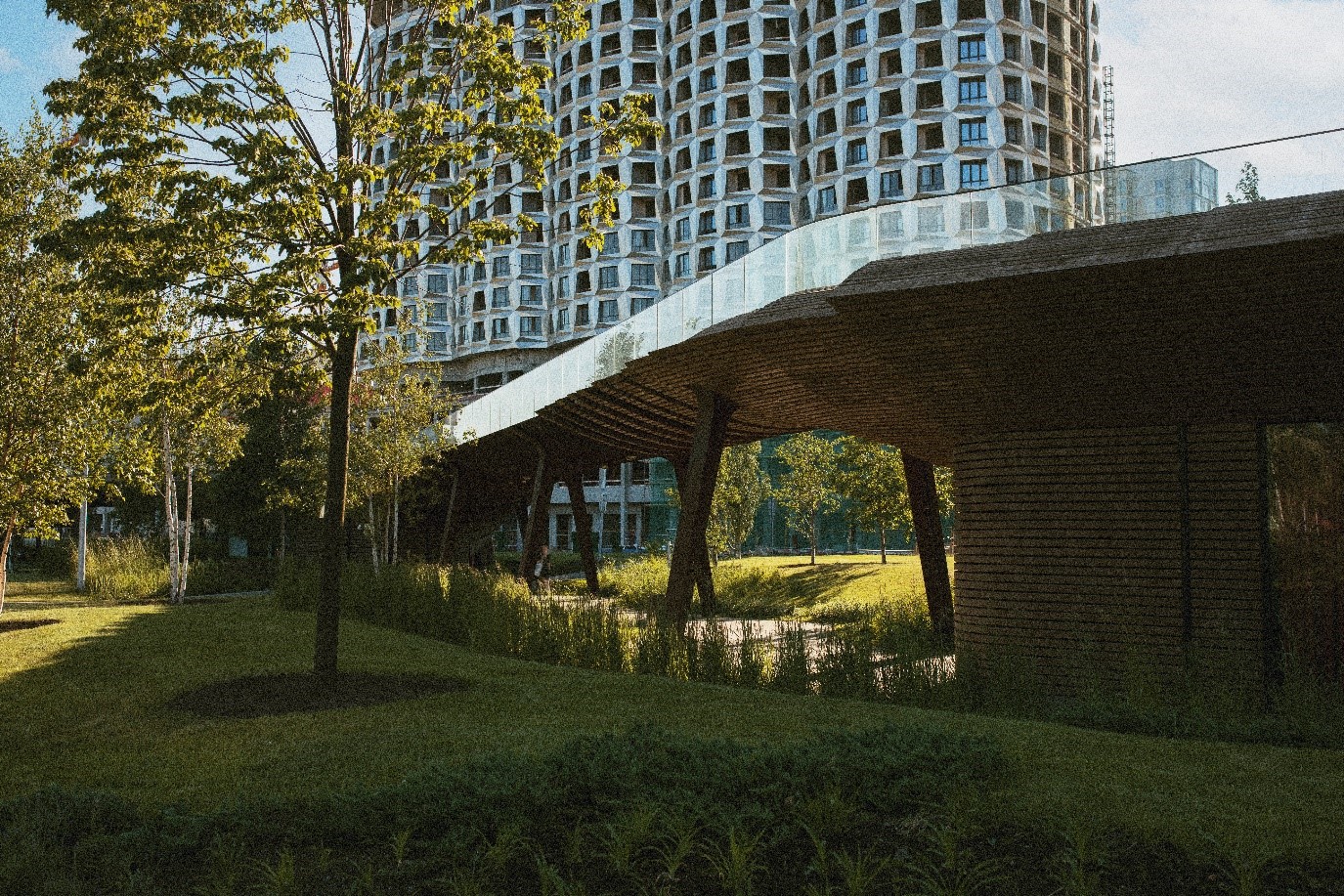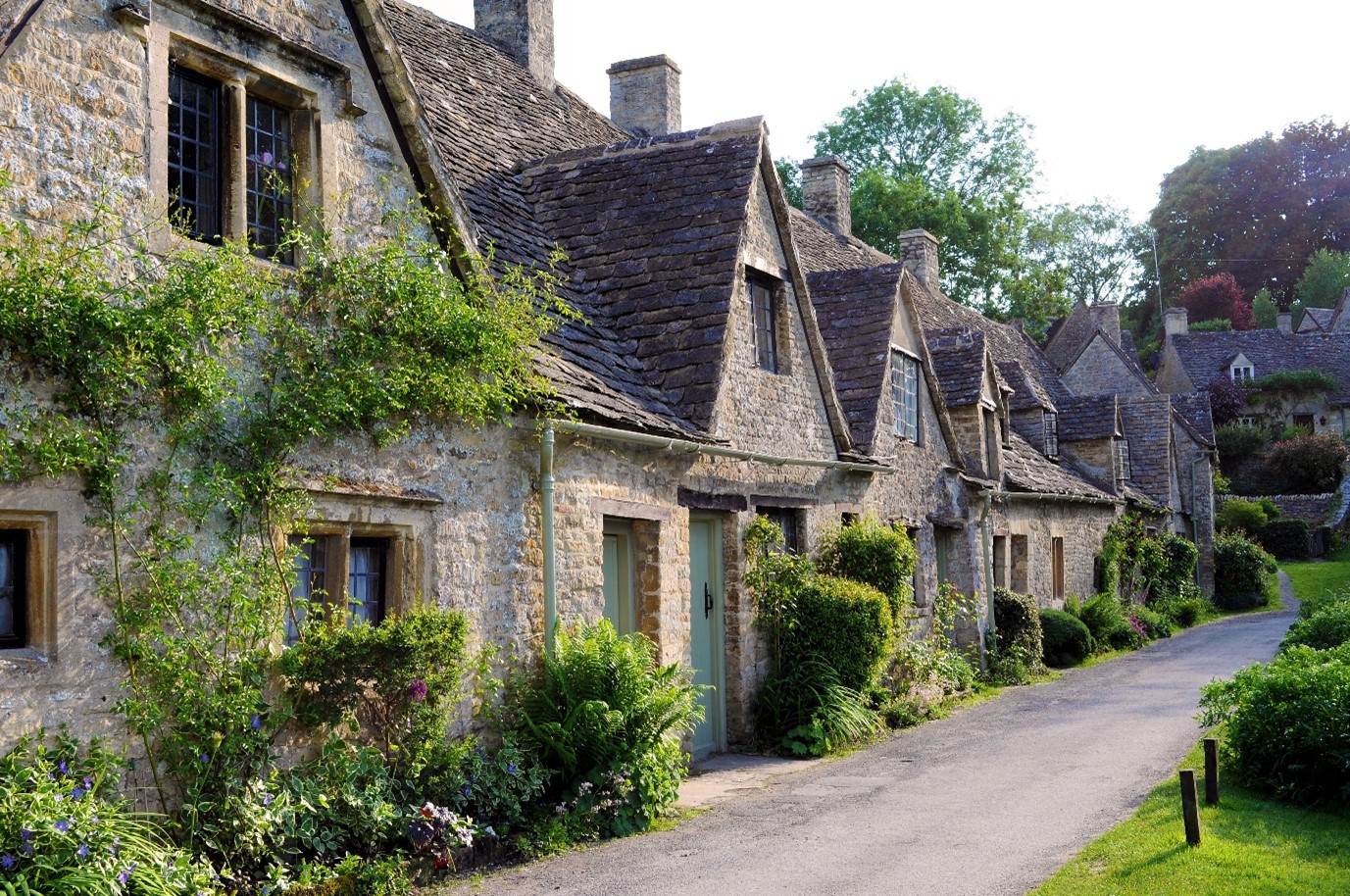Living in a conservation area is a privilege. These areas are often rich in historical and architectural character, and their charm is protected for the benefit of future generations. Read on to find out how you can still achieve your dream extension while respecting the conservation area’s unique qualities.
Understand What a Conservation Area Is
A conservation area is designated by the local council as an area of special architectural or historical interest. The aim is to preserve or enhance the character and appearance of the area. This means stricter planning controls are in place, which can affect:
- Demolition of buildings or structures.
- Alterations to the exterior of buildings.
- The type and design of new developments, including extensions.
Knowing these restrictions is crucial before planning any work on your property.
Check If Permitted Development Rights Apply
Permitted development rights allow homeowners to undertake certain types of building work without applying for planning permission. However, in conservation areas, these rights are often limited or withdrawn altogether. For example, extensions that might be allowed elsewhere could require full planning permission in a conservation area.
You’ll need to check with your local council to determine if permitted development rights apply to your property and project.
Consult Your Local Planning Authority
Before making any formal plans, contact your local planning authority (LPA). They can provide guidance on what is likely to be acceptable and advise on the application process. Many councils offer pre-application advice services, which can save you time and money by identifying potential issues early on.
Consider the Design Carefully
In conservation areas, the design of your extension will be scrutinised more closely to ensure it doesn’t harm the character or appearance of the area. Here are some tips for creating an acceptable design:
- Respect the Character of the Area: Use materials, colours, and finishes that match or complement the existing property and surrounding buildings.
- Maintain Key Features: Avoid altering or obscuring original architectural features that contribute to the area’s charm.
- Minimise Visual Impact: Position the extension at the rear of the property or in a way that reduces its visibility from public spaces.
- Proportionality: Ensure the size of the extension is in keeping with the scale of the original building and its plot.
Engage a Conservation Architect or Specialist
Hiring an architect or builder with experience in conservation areas can be invaluable. They will understand the specific requirements and have a track record of designing sympathetic extensions that satisfy planning authorities.
Submit a Planning Application
If your project requires planning permission, you’ll need to submit a detailed application. This typically includes:
- Architectural drawings.
- A Design and Access Statement explaining how the proposal respects the conservation area.
- Information about materials and finishes.
The LPA will consider your application in light of the area’s conservation policies and may consult the local conservation officer.
Be Prepared for Conditions
If your application is approved, it may come with conditions. These might specify certain materials, design details, or construction methods. Make sure you fully understand and comply with these requirements to avoid issues down the line.
Appeal a Rejection (If Necessary)
If your application is refused, don’t despair. You can revise your plans to address the reasons for refusal or appeal the decision. The Planning Inspectorate handles appeals, and they will reassess your application independently.
Final Thoughts
Building an extension in a conservation area may require more effort and expense, but it’s not impossible. By working closely with your local planning authority, respecting the character of the area, and engaging experienced professionals, you can create an extension that enhances both your home and its historic surroundings.
For specific advice tailored to your property and circumstances, always consult your local council or a qualified planning consultant.






